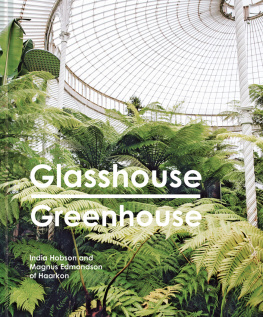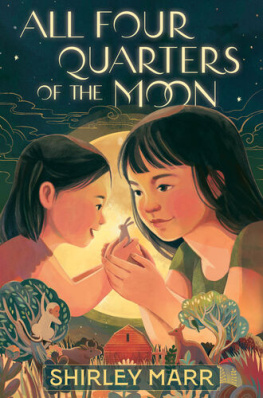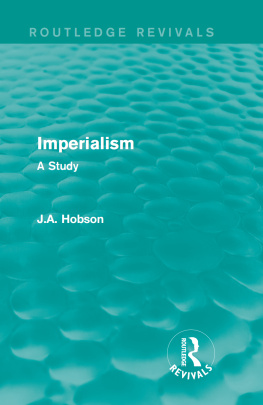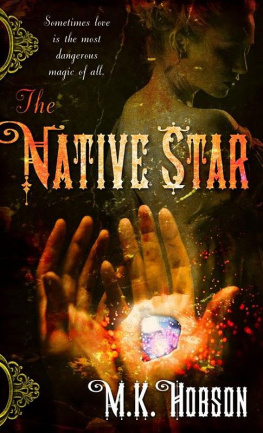Contents
Guide
Glasshouse
Greenhouse
India Hobson and
Magnus Edmondson
of Haarkon


THE HAARKON GREENHOUSE TOUR
A few years ago, and completely unbeknown to us, we embarked on a self-initiated greenhouse tour of the world. It began one cold morning in Oxford the day after we had photographed a wedding; we had decided to make a weekend of our trip south and saw it as a perfect excuse to get to know the city.
Sweeping vines flowed from the milky glass ceiling, emerald fingers stretched their leaves towards us and the air was thick with the scent of damp, warm earth. It had just turned 10 oclock in the morning and we had found ourselves in the glasshouses at the University of Oxford Botanic Garden; we did not know it then, but we were hooked. Since that first visit a few years ago, weve wandered in countless other greenhouses; navigating our way through humble polytunnels, characterful cacti collections and tropical hothouses, travelling the world to seek out new plant-filled adventures.
People think that we are obsessed with plants, and we dont blame them for thinking that, but its not really the case. Yes, we gravitate towards them and we have a healthy collection at home (over 100 in a one-bedroom apartment), but they are certainly not the be-all-and-end-all of our existence and, surprisingly enough, they are not the only reason for our interest in greenhouses.
Simply put, we are enthralled by these places where man and nature come together, and we find the connection between engineering and nature endlessly fascinating because there are so many ways in which the natural world is dealt with in design, and we love to see how people approach it. In composing our collection for this book we had to come up with what, in our eyes, defined a greenhouse and it was this:
The primary purpose of the structure must be to house plant life.
We find beauty in the idea that someone would construct an entire building with the purpose of housing plant life; whether it is for research, crop cultivation or to display a proud collection, we believe the greenhouse to be the ultimate botanical pedestal.
Far from the concrete typologies of photographers Bernd and Hilla Becher, or the detailed botanical studies of Karl Blossfeldt, the Haarkon Greenhouse Tour is a more personal exploration and, as it turns out, a rather poetic ode to the humble plant house. You may find the odd factual snippet here, but its much more about capturing the sentiment of the places that we visited, the essence of the greenhouses and the passion with which they have been created.


The majority of greenhouses we visit tend to be reimagined versions of their Victorian forefathers in esteemed botanical gardens, or lean-to vineries that nestle against the red brick walls of National Trust kitchen gardens. Whilst our interest in horticulture isnt quite advanced enough to discriminate from plant to plant just yet, we do find ourselves practising a little escapism, fantasizing about warmer climates, and therefore we lean in the direction of the tropics. Our own house is home to the 1970s classics; Monstera deliciosa, a tree-like Scheffleraand various cacti and succulents, most of which are far too delicate to live beyond the warmth inside. Even our sun-trap of a patio is too harsh an environment for them and they find themselves huddled on shelves or, regrettably, gathered on the floor near the window. An indoor jungle is the ideal sanctuary for both them and us and can be enjoyed whatever the weather outside.
So far on our travels we have yet to find two greenhouses that are exactly the same. There doesnt seem to be an industry standard when it comes to their construction, and that playfulness in the architectural language is a huge part of their appeal. Frames of aluminium or wood are commonplace, while shapes vary from classic gable designs, to exotic domes and sci-fi-esque spaceships. We particularly like homemade versions repurposed doors and unstable bricks that have lived a previous life. These tend to be a little wilder inside too, with tendrils searching for a fissure in the glass to taste the cold air beyond.
Character is further defined by the choice of planting and the manner in which it is undertaken. At one stage we would have said that the more exotic the better a textbook case of wanting what we cant have, and as foliage is king in our world, it will come as no surprise that we think aroids, members of the arum family, are a pleasing sight. Aroids come in all shapes and sizes and the decoration on their leaves knows no bounds, with varying textures of gloss, leather and velvet. Now though, having seen so many types and interpretations of the greenhouse, we take whatever comes, and as long as it brings personality and a voice, we will champion it. Theres an underlying theme of future-proofing, of being aware of conservation and the importance of caring for the natural world that runs through this book, and that can show no discrimination from one plant species to another; all the plants, animals and other inhabitants of the Earth are paramount to its continuance and we have to be aware of that.

















